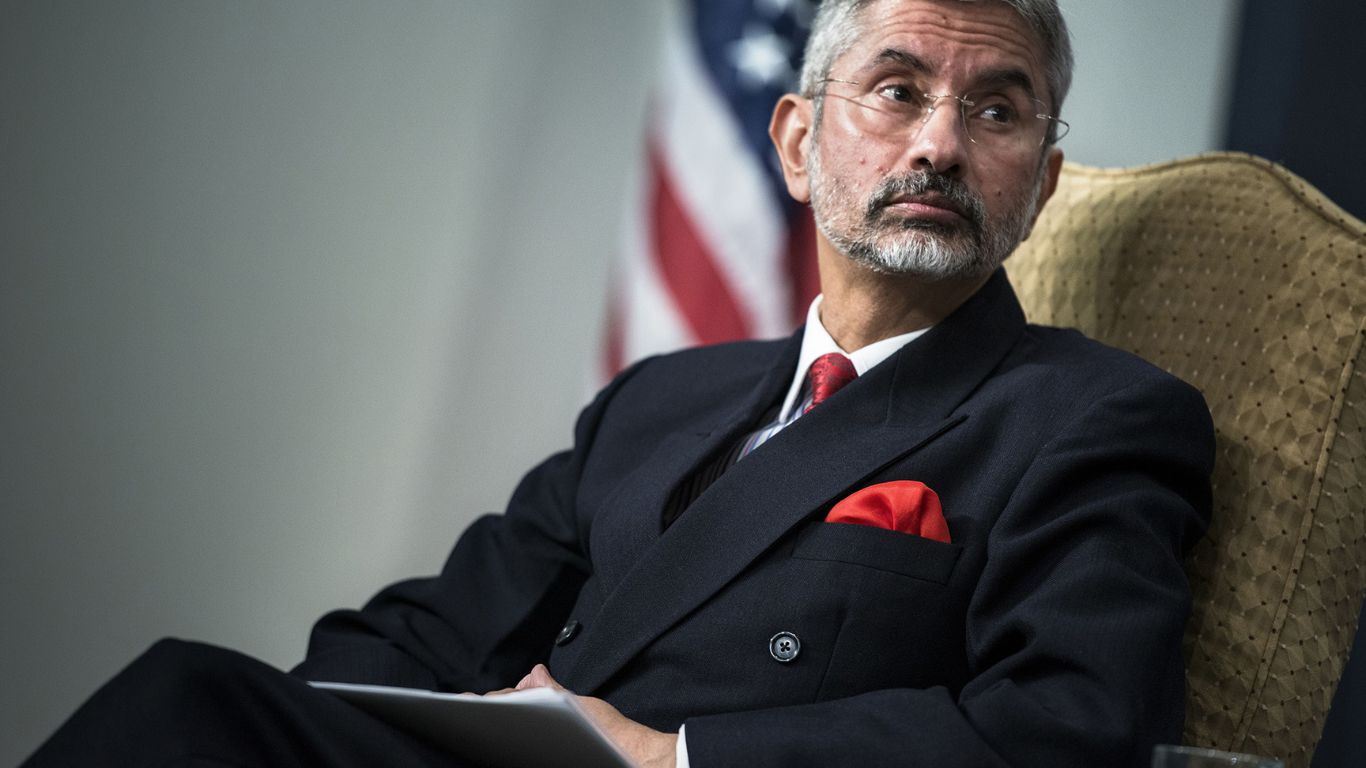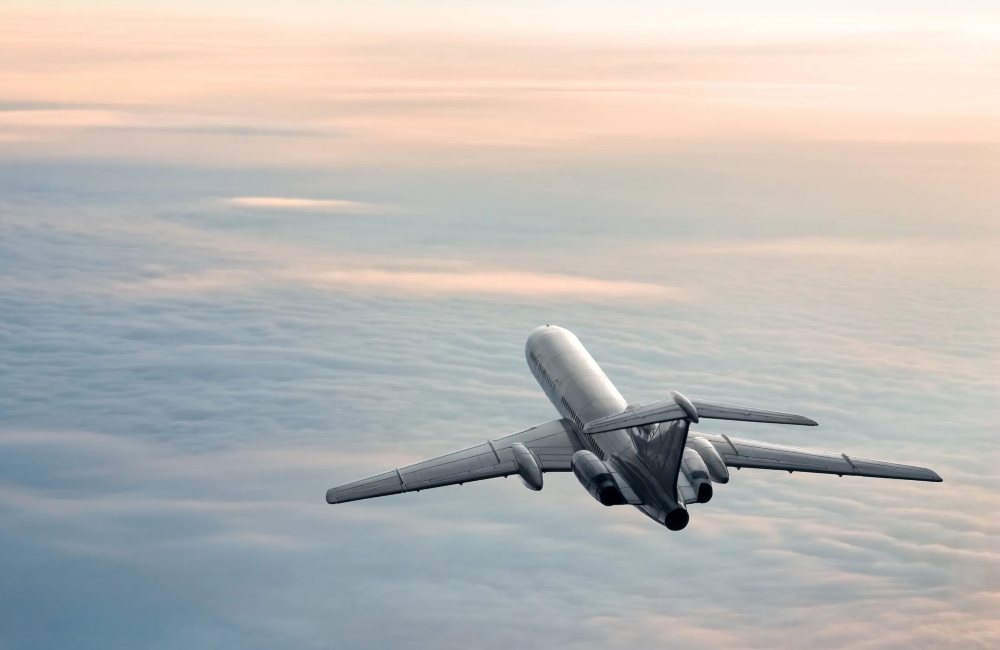










The rating agency stated in the study that a rise in plane fares will also contribute to revenue recovery. However, financial uncertainties and geopolitical developments continue to have an impact on the estimations for aviation traffic recovery and revenue expectations. According to the research, air traffic is expected to expand at a robust compound annual growth rate of 12% between fiscal years 2015 and 2020 due to increasing demand for air travel outside of major cities and favourable government initiatives including regional connection programmes like UDAN.
After that, the epidemic struck, and in fiscal 2021, aviation travel volume plummeted. Given the numerous virus waves and restrictions on human mobility, fiscal 2022 only witnessed a minor rebound (at 55% of fiscal 2020 traffic).
According to the report, air traffic volume is anticipated to reach the fiscal 2020 level of 340 million passengers in fiscal 2023, with the pandemic’s effects presumably behind us.
The volume was 88% of the corresponding fiscal 2020 level in the first five months (through August), but it is anticipated to increase in the remaining months of the year due to improved business travel sentiment, pent-up demand on the international segment, and de-bottlenecking of capacity availability on aircraft and international slots.
“Traffic volume is predicted to increase by a strong 75% above fiscal 2022 levels this fiscal, returning to pre-pandemic levels. As slots and routes on the international front are still coming available, domestic traffic is anticipated to lead the recovery, according to Manish Gupta, Senior Director, CRISIL Ratings.
Domestic traffic reached 92% of the same fiscal 2020 figure in the first five months of the current fiscal year, while overseas traffic reached 75%. This reinforces our expectation for solid volume growth in the current fiscal year and a return to close to double-digit growth the next year, Gupta continued.
Additionally, the top 4 private airports’ aeronautical tariffs have grown by 30%, according to the research, which will enable the sector’s income to expand by 120% in the coming fiscal year.
On the other hand, non-aeronautical revenue is approaching 90% of the total for fiscal 2020 for this year.
As a result, it is anticipated that the revenue of the private airports will be 105% and 130% of fiscal 2020 revenue in fiscal 2023 and 2024, respectively.









